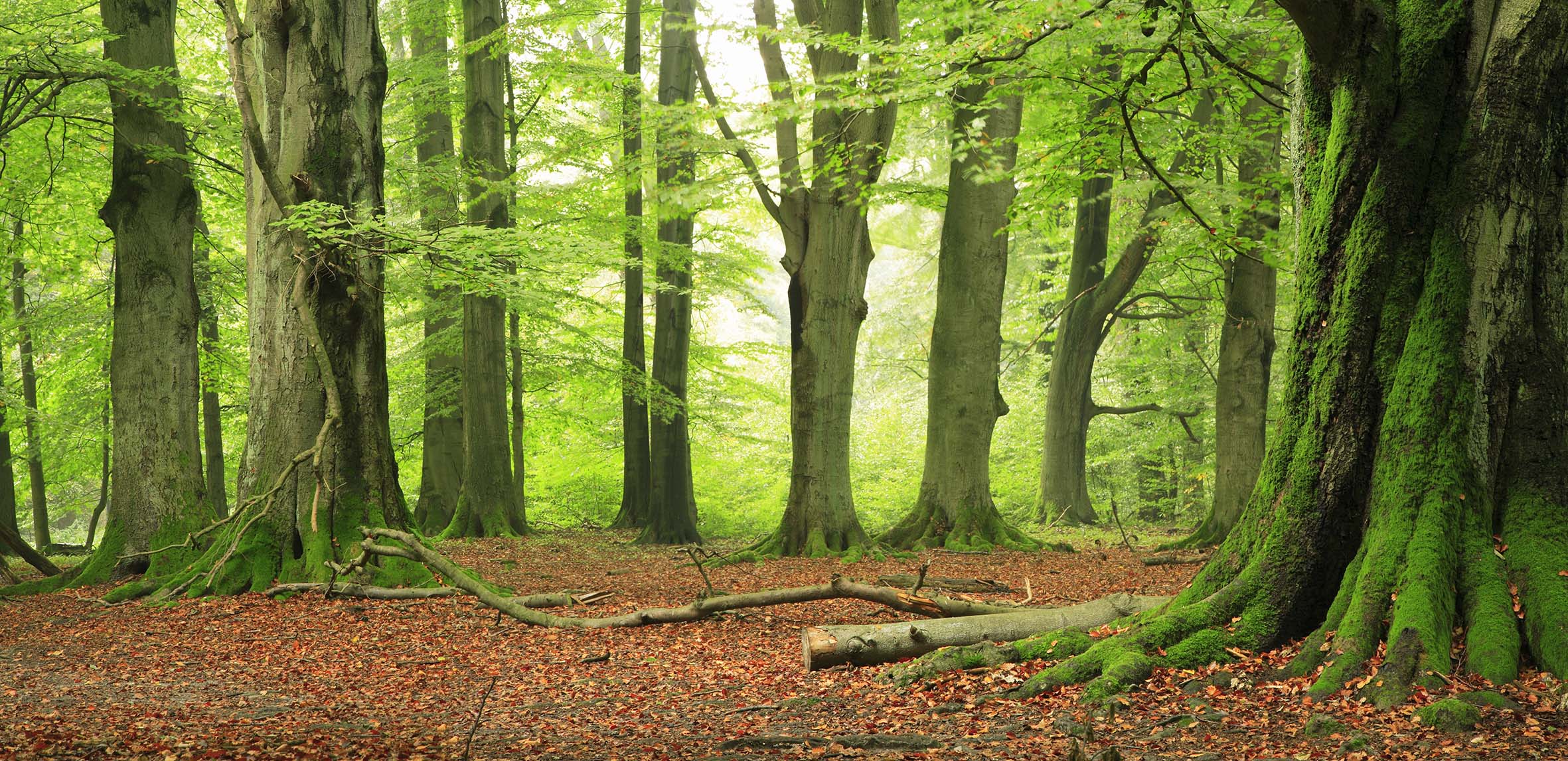When it comes to choosing firewood for burning on your stove or creating an outdoor fire, there’s plenty to consider. The best results rely on opting for the best type of firewood for your needs.
So, to give you a helping hand, we’ve created a guide to everything you need to know about firewood.
First and foremost, there are two different types of firewood, falling under two distinct categories – hardwood and softwood.
What is hardwood?
Hardwoods are denser than soft woods, making them ideal for creating indoor fires. Popular hardwoods include oak, birch and ash. All are ideal for heating your home.
Hardwood is best suited for indoor environments as it produces more heat and burns for longer.
What is softwood?
Softwoods are less dense and ignite faster. This makes them far better for fuelling outdoor fires, as they can produce a little more smoke which can be unpleasant if they are burned indoors.
Again, there are lots of different types of softwood, including pine, cedar and larch. The best type of softwood for your fire will depend on your needs and how you plan to use it.
Seasoning your wood
Once you’ve chosen your firewood, you’ll need to ensure it is seasoned correctly before you attempt to light up your fire.
Seasoning involves ensuring that your wood is properly dried out in order to get the best out of your fire. Wood that contains moisture or is not fully dry won’t burn efficiently and will be slow to ignite. Suitable wood should have a moisture content of less than 20%.
There are a few ways to check whether or not your wood is correctly seasoned. For example, if your wood is light and has cracks on the ends, it’s highly likely that it has dried out. Another way to check is to examine the colour of your wood. Wood is usually yellow, grey or deep brown when it is dry. At Charnwood we do offer a pronged moisture metre that can be inserted in the log to give you an accurate moisture reading.
If buying wood in smaller volumes look out for the Woodsure ‘Ready to Burn label’ which guarantees a moisture content less than 20%.
Split up your logs
A fire will burn far more effectively if you split your logs into halves or quarters. This will help your wood to dry quicker too. As a general rule of thumb, you should try and cut your wood up into pieces that are between three to six inches. For larger outdoor fire pits or wood furnaces, they can be slightly larger.
Avoid storing firewood in your home
Finally, you should avoid storing large quantities of firewood in your home. Why? Firewood is notorious for being the home of choice for ants and other creepy crawlies, so it’s not a good idea to bring your logs into your home, unless you want them to bring their extra guests in with them!
Instead, create a dedicated storage area for your firewood outside such as a woodshed, a ventilated storage container or even a dedicated area protected by a natural bark barrier. Your wood should also be kept well ventilated season to season.
For more information around keeping your property safe while using a wood-burning stove, check out our blog here.
If you have any questions about firewood or any other aspect of using your wood burner or stove, please get in touch.

